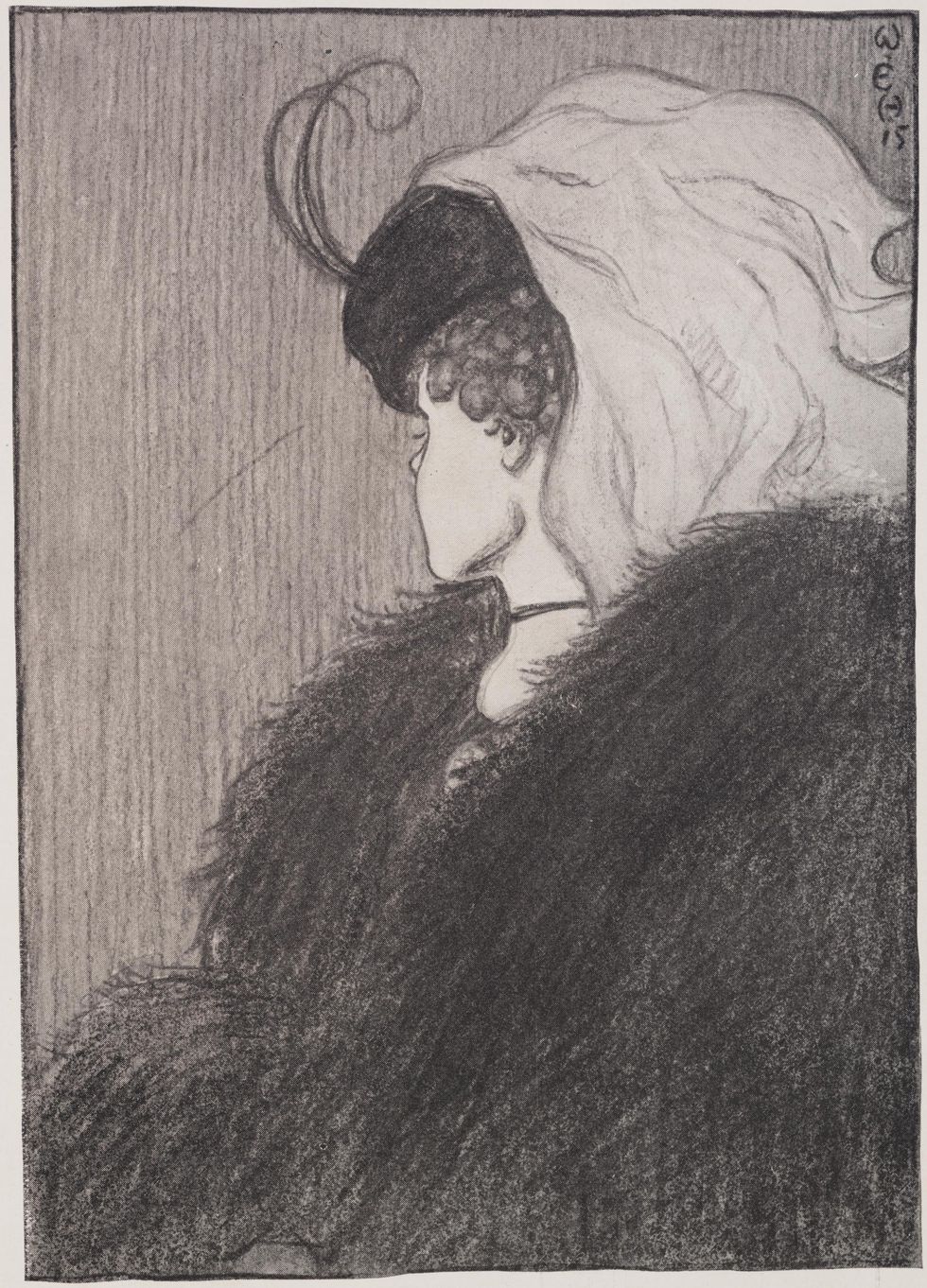Viral
Greg Evans
Sep 23, 2018

Picture:
Wikimedia Commons
It's one of the oldest optical illusions in the world but a study has found that what you see can depend entirely upon your age.
'My Wife and My Mother-in-Law' can be seen in two different ways.
Either you see a young woman gazing off to the side or you see an older woman staring stoically into the distance.

It's pretty easy to see once you know both images are there but a psychological study in Australia, published by Scientific Reportshas found that younger people see the younger woman first and older people see the older woman first.
393 participants took part in the study ranging from the ages of 18 to 68, with the average age of those that took part was 32.
All participants only saw the image for half a second and were then asked to guess the gender and the age of the person in the picture.
Most participants saw the younger woman first but that might be because the majority of those that took part were mostly on the younger side of the spectrum.
To get a better sense of the results the researchers separated the youngest 10 per cent and the oldest 10 per cent and the scores remained the same.
The idea of the experiment was to see whether there were any prejudices or bias when individuals are presented with a face.
The authors of the study wrote:
Although the perception of faces depends on low-level neuronal processes, it is also affected by high-level social processes.
Faces from a social in-group, such as people of a similar age, receive more in-depth processing and are processed holistically.
To explore whether own-age biases affect subconscious face perception, we presented participants with the young/old lady ambiguous figure.
Mechanical Turk was used to sample participants of varying ages from the USA. Results demonstrated that younger and older participants estimated the age of the image as younger and older, respectively.
This own-age effect ties in with socio-cultural practices, which are less inclusive towards the elderly. Participants were not aware the study was related to ageing and the stimulus was shown briefly.
The results therefore demonstrate that high-level social group processes have a subconscious effect on the early stages of face processing. A neural feedback model is used to explain this interaction.
HT IFL Science
Top 100
The Conversation (0)












